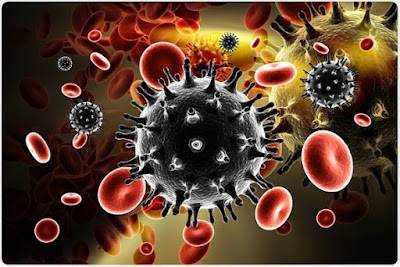In recent months and years, the HIV virus has completely changed the world. People must educate themselves regarding this virus because it is more prevalent than ever before. One important fact to understand is that there are several strains and varieties of the virus. Therefore, it is essential for Americans, Africans, Australians, and others to learn more about each type. What are the various strains of the HIV virus? How is each strain unique? Below, readers will delve deeper into these topics.
About The Basics
First, readers should educate themselves regarding the fundamentals of the human immunodeficiency virus. Unfortunately, it is a medical condition in which the virus begins attacking the patient’s immune system. Three years ago, the American CDC concluded that more than 1.2 million individuals in America were living with the virus. While most people suspect that HIV is a single virus, this is a fallacy. Instead, it is a diverse medical condition with numerous varieties. In addition to this, it can be divided into several types, including HIV1 and HIV2.
Then, you can organize HIV1 into several categories. While it seems confusing, it is easier than you might imagine. Below, you’ll discover more about the various types of the virus.
Main Varieties
Ultimately, there are numerous types of the condition. However, it is often easier to delve into the main types first. Continue to the section below to do that.
Primary HIV Types
As mentioned above, American patients may develop HIV2 or HIV1. While many suspect that they’re similar, they have unique, distinct differences. When considering the genetics of the illnesses, researchers say that HIV1 is at least 55% different than HIV2. Still, patients must understand that HIV1 is more common. More than 95% of individuals dealing with HIV will be diagnosed with the HIV1 virus. As for HIV2, it is mostly diagnosed in people residing in western Africa. Another thing to fully understand is that the conditions are transmitted differently.
HIV2 can’t be transmitted as easily and it often worked slowly. One of the biggest issues associated with HIV2 is the fact that it often cannot be treated using common antiretroviral drugs. Then, HIV1 can be separated into other groups.
HIV1 Illness Groups
Again, the HIV1 condition can be broken down into multiple groups such as M, N, P, and O. While the others are found around the world, most patients will experience Group M HIV-1. As a result, M means major. As for the remaining groups, they’re less common. In most cases, N, O, and P are primarily discovered in Western and Central Africa. As for the HIV2 condition, it is separated into nine unique groups. They range from A to I. Nevertheless, only HIV2 Groups A through D are found in modern humans.
Another thing to understand is that there are various HIV1 subtypes. Within Group M, patients may experience a unique subtype of HIV1. In total, there are nine subtypes within the M category. When considering these unique subtypes, patients will discover that each is roughly 25 or 35% different than the others.
Unique Differences
The commonality of each subtype depends on the region. In general, Western and Central Africa have the biggest diversity of HIV strains. Around the world, Subtype C is the most common. From 2010 to 2015, it is estimated that this subtype made up more than 46% of all diagnosed cases of HIV1. While it may be found elsewhere, it is primarily diagnosed in India, South Africa, and East Africa. In America, most patients experience Subtype B HIV. The condition is also regularly discovered in North America, South America, Australia, Africa, and Australia.
Kangaroo offers medications designed to combat these conditions.
Mutations & Strains
Once a virus invades a host cell, it will immediately begin replicating. In other words, the virus will create duplicates of itself. Strangely, some viruses do so sloppily. As a result, there is always a slim chance that the virus could mutate. HIV is one of the many viruses that will mutate. Once this happens, the patient may develop a unique strain of the virus. The mutations are medically referred to as viral strains.
Patients must identify their strain by working with a licensed medical professional. Doing so guarantees they can combat the illness effectively.
This is a guest blog entry.

No comments:
Post a Comment
Your comments are welcome.